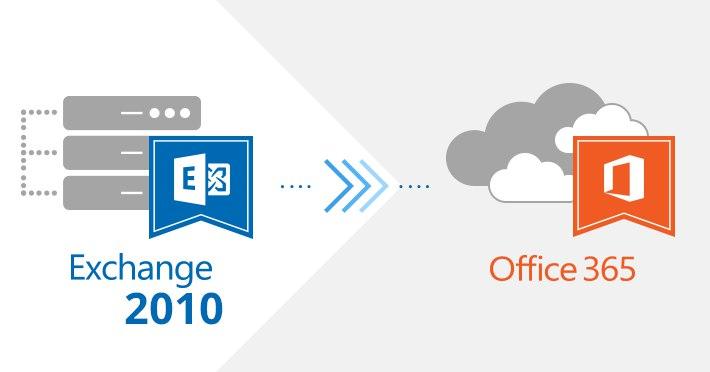It was intended to assist organizations and individuals to improve their work habits by changing the focus from communication to collaboration. With Exchange 2010, it was possible to be deployed both on-premises and on the cloud.
With the end of support for Microsoft Hosted Exchange 2010, businesses have to adopt new platforms. As of now, there are the options of Exchange 2016, Exchange 2019, and Office 365 available. While some organizations prefer to retain their on-premises platforms with Exchange 2016 or Exchange 2019, many prefer Exchange 2010 to Office 365 migration. This blog focuses on migrating from Exchange 2010 to the cloud-based Office 365.
Advantages of Office 365 Migration
Office 365 is a complete productivity suite with essential tools and services like SharePoint, Microsoft Teams, and OneDrive. Below are some of the other benefits.
Better flexibility at lower costs
Office 365 plans subscriptions offer a lot of flexibility based on business needs. You pay only for the Office 365 features that you need. A single license is sufficient to procure SharePoint Online, Teams, OneDrive and Sway.
Minimizes data loss risk
Being a Microsoft offering, Office 365 is protected by some of the most powerful backup systems minimizing the risk of data loss with guaranteed uptime.
Strong security and compliance features
Office 365 has some of the best security and compliance features that ensure that your data is safe and compliant with international safety standards.
Prerequisites for Exchange 2010 to Office 365 Migration
Exchange 2010 to Office 365 migration requires meticulous planning. Here are some of the considerations to be made for Exchange 2010 to Office 365 migration
Is Office 365 required?
How is Office 365 going to address the need of your organization? Besides, is it financially viable and what are its benefits? You will have to compare the cost of Office 365 with the on-premises options.
Changing DNS for Office 365
You have to confirm that you own the DNS before migrating to Office 365. This is needed to ensure that you can receive emails on the new mail IDs after the migration is complete.
Set up a password policy
The migration to Office 365 allows access from any device increasing the risk of hacks. Consequently, it is important to frame a password policy ahead of time.
Functionality retention
You might want to retain some of the functions of the old mailbox like autocomplete file, signatures, and other customization. You must be in a position to restore these after migration completion.
Methods for Exchange 2010 to Office 365 Migration
There are 2 manual methods provided by Microsoft for Exchange 2010 to Office 365 migration.
Cutover migration method
The cutover migration method is similar to express migration. It is a technique that allows for the migration of up to 2000 mailboxes. However, it is recommended to migrate only 150 mailboxes at a time. It involves the process of domain verification, initiating express migration, creating Office 365 accounts and licensing, user mailbox migration and DNS record update.
Hybrid migration method
The hybrid migration method provides the flexibility to maintain on-premises Exchange and Office 365 mailboxes. This method is more complex than the cutover migration. However, the advantage is that it supports over 150 mailbox migration without any third-party tool. However, you will have to enable directory synchronization.
Other Exchange 2010 to Office 365 Migration Options
There are certain tools that can simplify Exchange 2010 to Office 365 migration. These can move other items like contacts and calendar as well. However, it would be best to outsource the Exchange 2010 to Office 365 migration to a Microsoft Partner like Apps4Rent for seamless movement.
